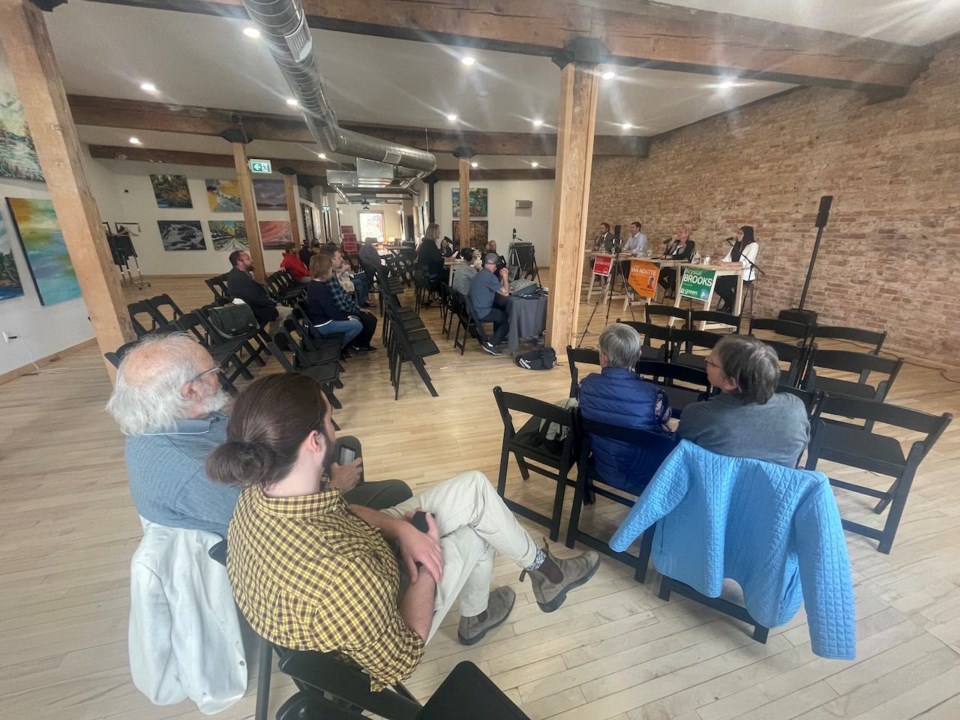MidlandToday welcomes letters to the editor ([email protected]). The following letter is in response to a letter, published May 21, titled 'PC candidates showing extreme contempt for the public.'
********************
As a former Progressive Conservative Member of Parliament and a contestant in five federal elections, I want to respond to Sandy Agnew's letter.
In doing so, I want to acknowledge Mr. Agnew's formal contribution to public service as a Ward 3 councillor for Oro-Medonte from 2006-10 and as a candidate for Mayor of Oro-Medonte in 2018. I have no idea as to who he is supporting in the 2022 provincial election. I am supporting Jill Dunlop in Simcoe North.
At the start of every campaign a serious candidate should discuss with his or her advisors how to divide the candidate's time, from the election call to the date of the actual election. That includes canvassing door-to-door, attending arranged meetings with supporters and others, attending all candidate meetings, meetings at the campaign offices, fundraising, and many other things.
In my campaigns, door-to-door canvassing took precedence. That is where a candidate can best meet the most voters, in person, and try to influence their vote. That takes time and organization.
Second to that priority were arranged meetings with supporters and others throughout the riding. Supporters in a defined geographic area arranged for others to gather in one spot to meet the candidate and discuss the issues. That saves the candidate time.
There are two types of all-candidate meetings. Those arranged by a Chamber of Commerce and therefore 'issue neutral' or others, which are 'issue driven.'
At the end of most meetings, my organizers and I usually felt that 75% of the crowd had their minds made up before the meeting. Given that 200 voters, at the most, attend an all candidates meeting, you only have an opportunity to influence 40 to 50 voters.
All candidates meetings take time away from door-to-door canvassing. To do a Chamber of Commerce meeting in a riding as big as Simcoe North takes from noon until nine o'clock in the evening. That includes preparation, travel, supper, mingling before and after the meeting, the meeting and travel home.
Analyze the meeting time between introduction of six candidates, questions and answers of six candidates and final remarks, and you fill up an hour and a half meeting pretty quickly.
At the start of the campaign, the Chambers of Commerce usually announce that they will hold one and set the date. The 'issue-driven' groups come along later. They decide, for their purposes, to try to shine a light on a particular issue.
That suits the candidate and supporters who haven't organized their time and campaigns. It takes the organized candidate off their game plan, provides instant publicity through the media, and if an organized candidate decides to miss the meeting, instant criticism of that candidate.
This campaign has been no different from recent provincial and federal campaigns. At about mid-point in the campaign 'issue-driven' all-candidates meetings spring up. The media reports on them and features who came and who didn't.
The media would do us all a favour by better publicizing who the special interests are behind the 'issue-driven' meeting, when it was decided to hold the meeting, and who was invited, when, and how and better still, reporting as to the actual number in attendance.
In the final analysis, voters make their decisions based upon many criteria. They are rarely fooled and rarely mistaken.
Doug Lewis
Orillia
********************



